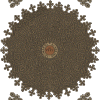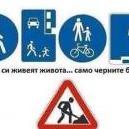Мисия "Розета" - кацане върху комета
-
Теми
-
- 0 мнения
- 0 views
-
- 1956 мнения
- 447717 views
-
- 51 мнения
- 2672 views
-
Руско-украинската война 2022-2024 година. 1 2 3 4 41
От Р. Теодосиев, in Руско-украинската война 2022 година.
- 1018 мнения
- 39857 views
-
- 3375 мнения
- 133947 views
-
-
Последно разглеждащи 0 Потребители
- No registered users viewing this page.



Recommended Posts
Напиши мнение
Може да публикувате сега и да се регистрирате по-късно. Ако вече имате акаунт, влезте от ТУК , за да публикувате.